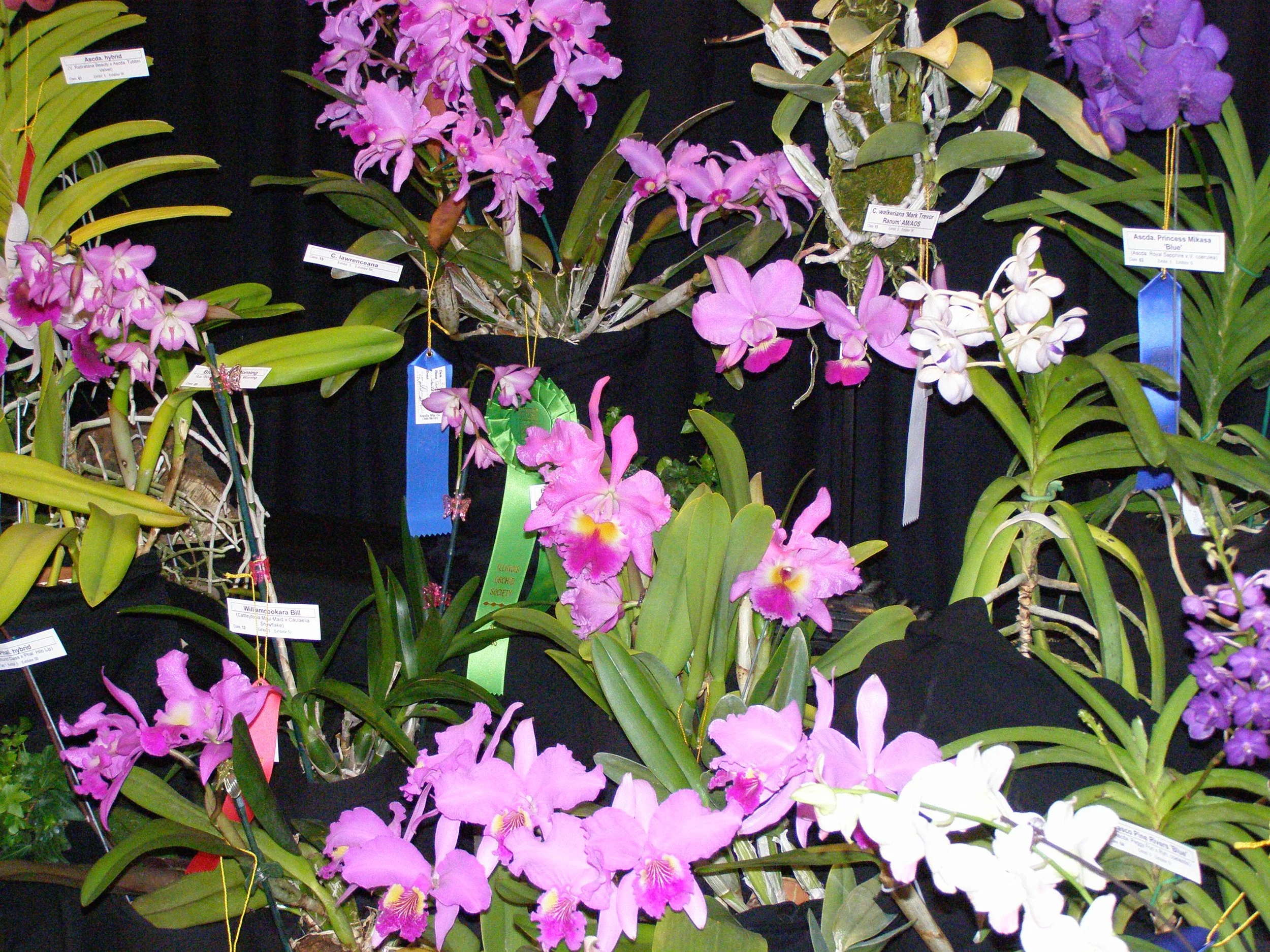How Many Kinds of Orchid Are There?
Orchids make up an entire family of plants. Orchid plants feature some of the most diverse and interesting flowers of any plant family, making collecting orchids a very rewarding, even habit-forming hobby. Today, there are about 30,000 species of orchid, which are organized into 705 genera, as well as over 100,000 hybrids.
Much has changed in the classification of orchids recently, with new genetic testing redefining several of these groupings. This has resulted in many beloved genera being reclassified and merged into each other, to the dismay of passionate collectors.
This scientific classification forms a large and complex family tree. Orchid growers use their own simplified and informal system to group orchids into practical categories called alliances. Orchids in the same alliance will share similar physical features, care, and can only be crossed with other members of that same alliance. Most orchids grown in the hobby fit into one of these alliances, which makes them very useful to know and understand. The scientific names are still important to know, and orchid growers will refer to individual plants by the genus followed by the species or hybrid name. In fact, the Alliances are named after the genus that defines them.
The traditional orchid alliances are:
The Bulbophyllum Alliance
The Cattleya Alliance
The Cymbidium Alliance
The Cypripedium Alliance
The Dendrobium Alliance
The Oncidium Alliance
The Phalaenopsis Alliance
The Pleurothallis Alliance
The Vanda Alliance
Most orchids in the hobby are epiphytes, meaning they grow attached to the surface of trees and require particular care to imitate that environment. Terrestrial orchids are those that grow directly in the ground, and as such are set apart in their care. These terrestrials are often treated as an alliance, even though this refers to a niche or habitat rather than a hereditary grouping, and many are only distantly related. For example, Phaius and Spiranthes orchids are both terrestrial, yet belong to two different subfamilies.
In conversation, orchid growers will refer to plants closely related to a genus as being allied to it, even if it isn’t one of the categories above. For example, one might say “Angraecum allied genera” for other plants related to Angraecums.
Orchids can also be grouped by how they grow.
Sympodial orchids have a stem or rhizome which creeps along the growing surface, with each successive growth forming out and away from it. These orchids often have a storage structure at the base of each growth called a pseudobulb which stores food and water. Broken down, Sympodial translates as “many foot”.
Monopodial orchids have one central stem or axis which grows away from the growing surface, with new leaves forming in an alternating pattern from the top. Phalaenopsis orchids, which are the orchid most people are familiar with, grow this way. Monopodial translates as “one foot”; because it grows from only one central base.
In time, you will be able to recognize many different kinds of orchids and get an idea of which are your favorite ones to grow.

